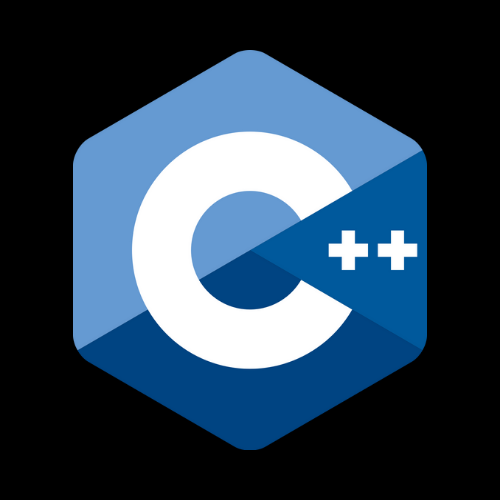C++ is a powerful, high-level programming language that extends and enhances the C programming language. It was developed by Bjarne Stroustrup in the early 1980s and is widely used in various application domains, including system programming, game development, and software engineering. In this detailed explanation, I'll cover various aspects of the C++ language.
**1. Object-Oriented Programming (OOP):**
- C++ is often described as an object-oriented programming (OOP) language. It provides features like classes and objects, encapsulation, inheritance, and polymorphism to structure code in a more modular and organized way.
**2. Basics:**
- **Syntax:** C++ syntax is similar to C, but it includes additional features for OOP. It uses curly braces `{}` for code blocks and semicolons `;` to terminate statements.
- **Variables:** C++ supports various data types similar to C, with the addition of new features like classes and objects.
- **Functions:** Like C, C++ code is organized into functions, and a C++ program must have a `main()` function as the entry point.
**3. Key Features:**
- **Classes and Objects:** C++ introduces classes, which serve as blueprints for creating objects. Objects are instances of classes, allowing you to model real-world entities and their behaviors.
- **Inheritance:** C++ supports inheritance, allowing a new class (derived or child class) to inherit properties and methods from an existing class (base or parent class).
- **Polymorphism:** Polymorphism allows you to write code that can work with objects of different classes through base class pointers or references.
- **Encapsulation:** Encapsulation hides the internal details of a class, providing a clean interface for interacting with objects.
- **Abstraction:** C++ supports abstract classes and pure virtual functions, enabling you to define a common interface that must be implemented by derived classes.
**4. Memory Management:**
- C++ retains manual memory management like C, but it also introduces automatic memory management using constructors and destructors.
**5. Standard Template Library (STL):**
- C++ comes with the Standard Template Library (STL), which provides a collection of template classes and functions for common data structures (e.g., vectors, lists, maps) and algorithms.
**6. Operator Overloading:**
- C++ allows overloading operators, enabling you to define custom behaviors for operators when used with user-defined data types.
**7. Exception Handling:**
- C++ supports exception handling through the `try`, `catch`, and `throw` keywords, which allows you to handle errors and exceptions gracefully.
**8. Multiple Inheritance:**
- C++ allows a class to inherit from multiple base classes, a feature not present in all programming languages.
**9. File Handling:**
- C++ provides file input/output capabilities similar to C for reading and writing files.
**10. Templates:**
- C++ templates enable generic programming, allowing you to write code that works with different data types without sacrificing type safety.
**11. Standard Libraries:**
- C++ has a rich standard library that includes functions for I/O, string manipulation, mathematical operations, and more.
**12. Compilers:**
- To write and run C++ programs, you need a C++ compiler such as g++, Clang, or Microsoft Visual C++.
**13. C++ Standards:**
- C++ has undergone several standardization updates, including C++98, C++11, C++14, C++17, and C++20. Each standard defines new features and improvements to the language.
**14. Application Areas:**
- C++ is used in various domains, including systems programming, game development, embedded systems, and software engineering for building large-scale applications.
**15. Learning C++:**
- Learning C++ can be challenging due to its comprehensive features, but it offers a powerful and versatile programming environment. Numerous online resources, books, and courses are available to help you learn C++.
In summary, C++ is a versatile programming language that combines the features of C with object-oriented programming, providing a robust foundation for software development in a wide range of application areas. It is known for its flexibility, performance, and extensive libraries.


